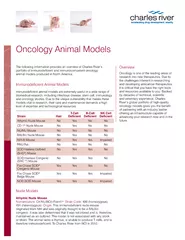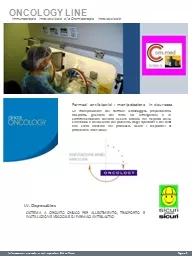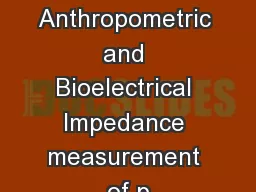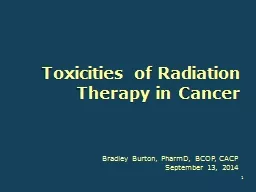PPT-Introduction to oncology
Author : anya | Published Date : 2024-01-13
Dr maher jabbar salih 20222023 Lecturer medical oncologist MBCHB FICMS ONCO ESMO Oncology is the study and treatment of cancer and their related diseases
Presentation Embed Code
Download Presentation
Download Presentation The PPT/PDF document "Introduction to oncology" is the property of its rightful owner. Permission is granted to download and print the materials on this website for personal, non-commercial use only, and to display it on your personal computer provided you do not modify the materials and that you retain all copyright notices contained in the materials. By downloading content from our website, you accept the terms of this agreement.
Introduction to oncology: Transcript
Download Rules Of Document
"Introduction to oncology"The content belongs to its owner. You may download and print it for personal use, without modification, and keep all copyright notices. By downloading, you agree to these terms.
Related Documents














